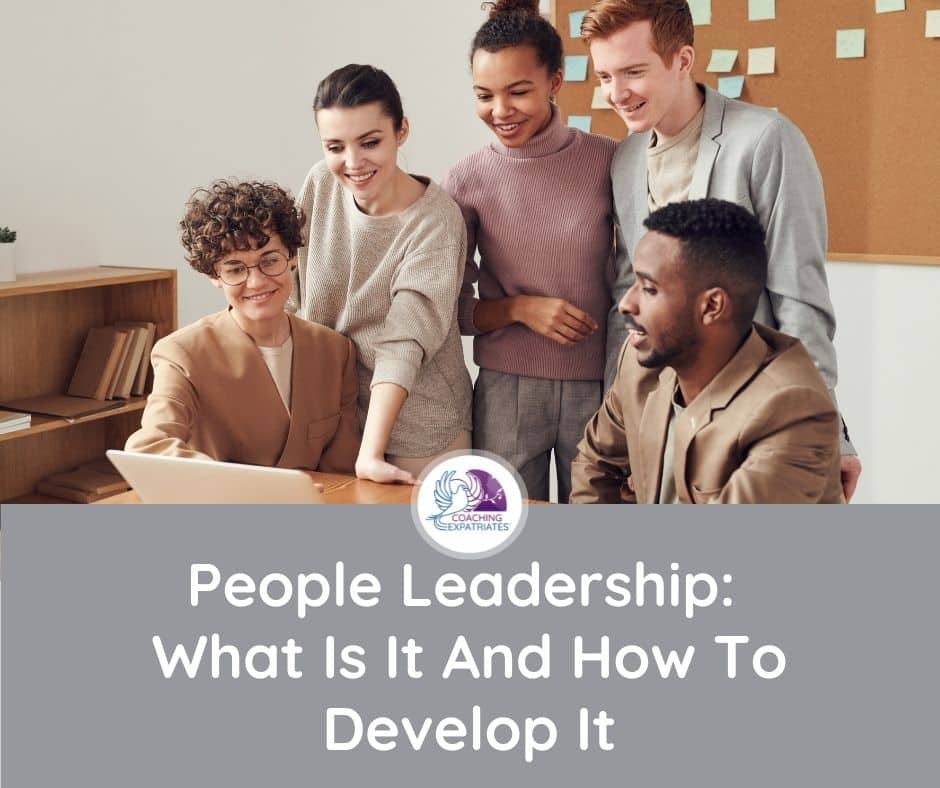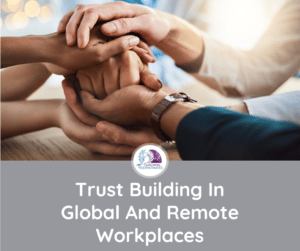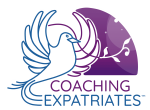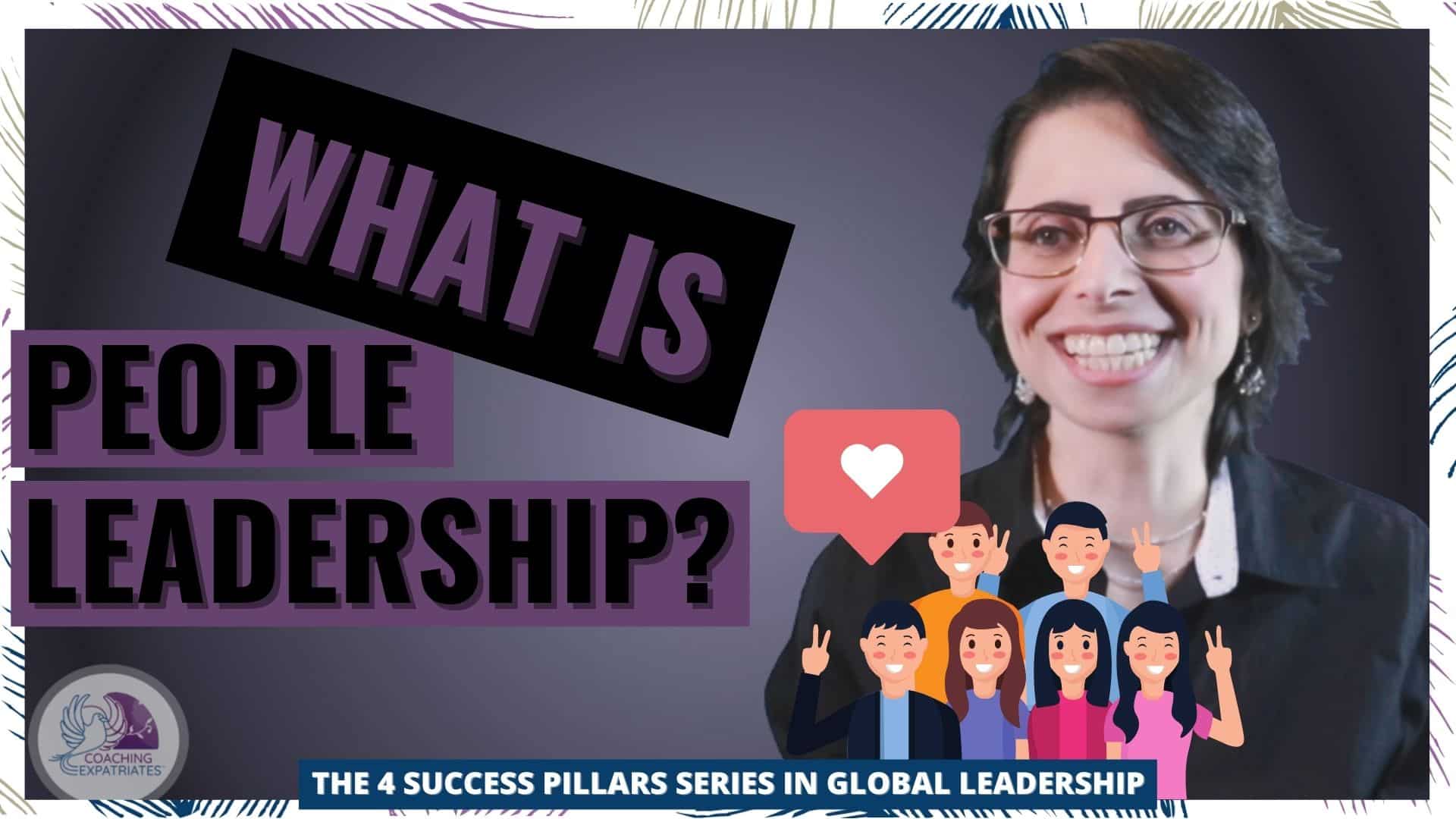
There is a lot of confusion out there about what people leadership really is all about. I’ve seen people describe it as a leadership style, competency, and even leadership itself.
People leadership is the act of leading relationships in different cultures and environments to create high-performing and collaborative teams that will come together to work as one on a shared goal.
In this article, we will talk about what people leadership really is and what are the building blocks for good people leadership.
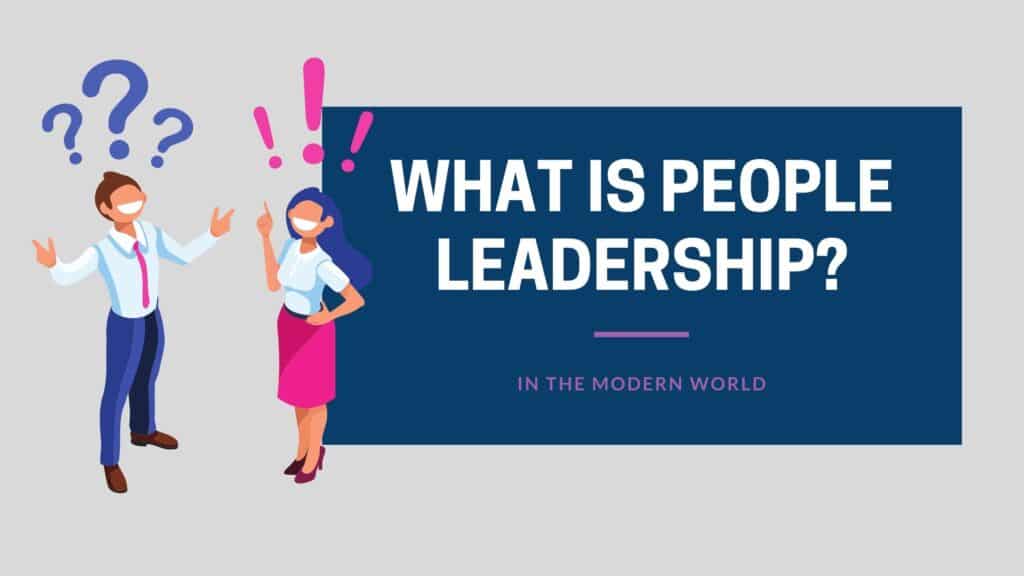
What Is People Leadership
A couple of decades ago, if you asked an expert in leadership what leadership is all about, they would tell you that leadership is all about leading people to reach specific outcomes or results.
In the past, people leadership was mainly what it took to get results. We weren’t all connected through the internet, information was not shared at a speedlight pace, there were no smartphones, and the waves of uncertainties took longer to hit.
Before, making sure you had a good team, leading them well, and driving them to success was enough to have… well, success. So traditional leadership was basically focused on driving people to get the results wanted.
Today, the world is different, and it’s still changing. Relying solely on people leadership from the past is not an option anymore. Global leaders have to rely on the 4 Success Pillars Of Global Leadership if they want to be effective, impactful, and influential.
One of these pillars is still People Leadership, so having the skills and qualities from this pillar is still extremely relevant. So long as we remember that there are other things to master as well, and so long as we understand that people leadership is a bit broader than before.
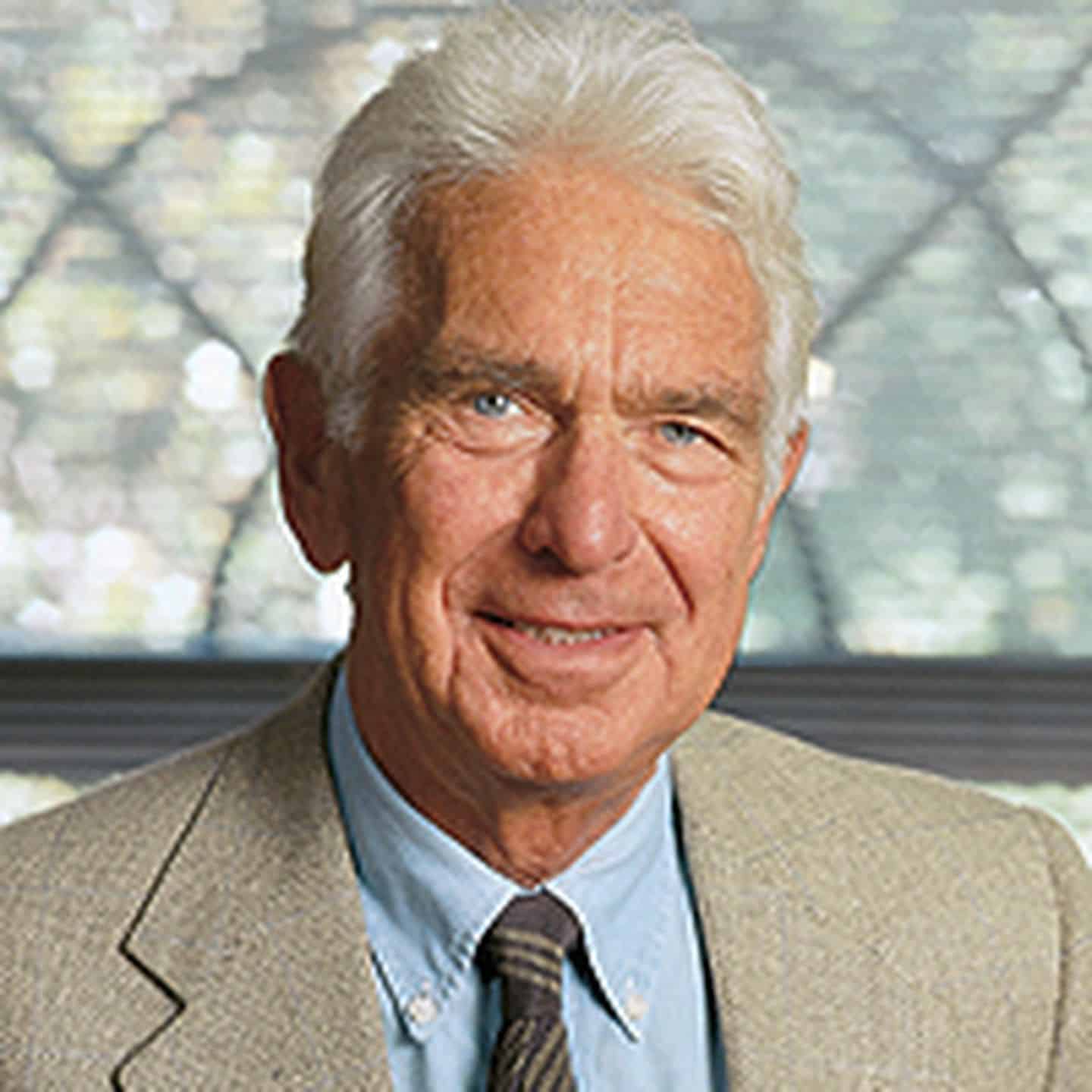
As a leader, you will never stop learning. All of us need to work hard on gaining and developing people leadership.
People leadership is the ability to master work relationships in different cultures, environments, and situations to create high-performing and collaborative teams that will come together as a unit to work on an objective. It is irrespective of power, status, or hierarchy.
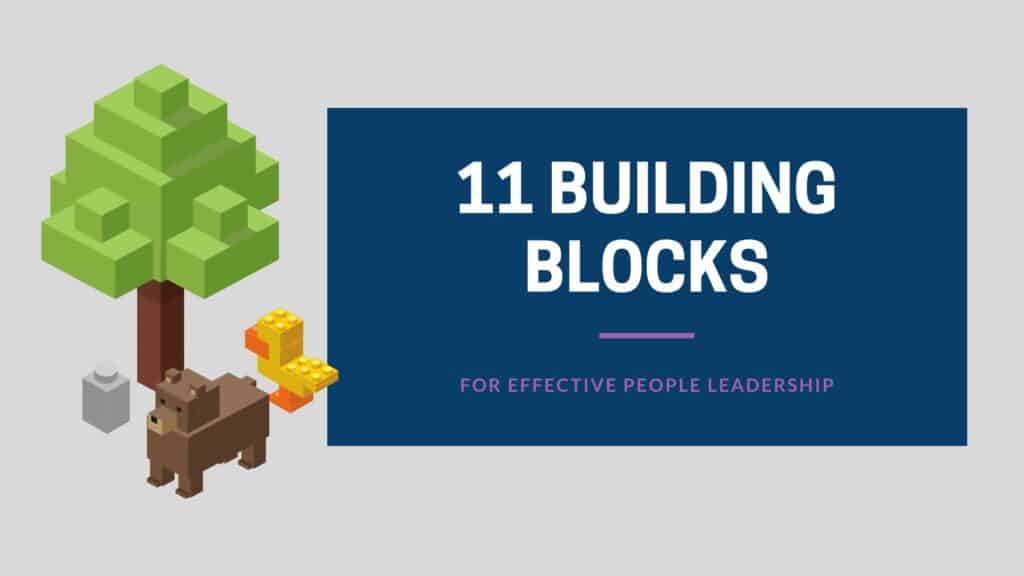
11 Building Blocks Of People Leadership
A leader is born whenever a group of two or more people is formed. Otherwise, it won’t be a group. The people leader does not need power, status, or position to be the leader. They just need, at first, the people and the purpose to lead.
So anyone can make use of people leadership to unite a group towards one same goal. It’s not related to a company role, a position, or economic status (or any other type of status, for that matter).
To adopt People Leadership and be effective, these are the things the leader needs:
1. The Right People To Lead.
Having the right team members starts from values and hiring people with the right values. Once you have an established team, you need to ensure everyone is on board. If you have a person in the group who either feels excluded or wants to be excluded (because they don’t see your leader’s legitimacy, for example), your job will be to make them feel included or re-integrate them. One team member out of place can put the entire team performance in jeopardy. Making sure everyone is on board is your first job as the people leader.
2. A Shared Vision.
The quicker a team agrees on the vision and the goal they want to achieve – be it a short-term-goal or a long-term-goal – the faster it will be for them to start driving results.
3. Rules Of Engagement.
Most teams skip this part altogether, especially if teams are formed in emergencies or a pinch. However, teams that create rules of engagement have been shown to perform much better in the long run, with a foundation of trust and team-work.
4. Team Awareness.
Understanding the uniqueness and traits of each member of the team is essential in people leadership. Understanding communication styles, decision-making styles, preferences, and motivational drivers build trust quicker and drive results faster. You may feel that you need to give one step back to map all that out, but surely it is to give two steps forward then. In other words, you’ll have to take some time to get acquainted with each team member and map their needs and preferences. More so in High Context Cultures, where this kind of behavior is even expected of the leader.

5. Critical People Leadership Skills.
Skills and experience break apart good people leaders from bad people leaders. Without the foundation skills for people leadership, results could be feeble, take longer or fall flat altogether. But quite frankly, nowadays, this is the easiest part since we have online programs and courses for all tastes, pockets, and needs.
6. People Leader’s Special Characteristics.
Besides skills, there is another important make-or-break factor in people leadership: the mindset of the people leader. There need to be certain people leadership characteristics present to leverage all the skills and experiences to the maximum capacity for results.
7. Balancing Managing And Leading.
Managers and bosses have a bad reputation out there in the thought leadership world. I, however, see things a little differently. I strongly believe that both managers and leaders are needed in any company. Managers exist because they are needed, and leaders also do because they are necessary. If you have both manager and leading capabilities, what a kick-ass you can be! Knowing when to act as a manager and when to be a leader to drive performance is imperative in people leadership.
Knowing when to act as a manager and when to be a leader to drive performance is imperative in people leadership.
8. A Prioritization System.
If you are leading, you need to have a way to prioritize ideas and tasks and help your team members do the same. Things change, new things come up, and you have to adjust accordingly, instead of just attending who screams first. Having a priority system helps you be more strategical and drive higher performance in the long term. Both for you and for your team.
9. A Task Management System.
I’ve seen teams use the strangest systems you can imagine. From napkins to full E.R.P. (enterprise resource planning). Whatever the team decides to adopt must be the go-to place for all goal setting and task management. A couple of decades ago, only big companies could afford a good task management system. Today, with the explosion of various good Apps out there, you have affordable options like Click Up and Monday.com that can be used by small and big companies alike. No matter the size of your team, having a task management system for your personal leadership and your team members is critical.
10. An Inclusive Mindset.
People mimic behavior at a conscious and unconscious level. If you want to lead a team to embrace inclusion and diversity, this must start with you. Being an inclusive leader means not excluding people. Means making them feel they always belong. In the end, it means being curious about what the other person in front of you thinks, and getting along even if they think differently. It sounds simple, but it’s far more complicated to put into practice than it looks. One needs to learn basic concepts and skills to be an inclusive leader. If you don’t know what they are, check out our inclusive & impactful leadership free webinar.
Being an inclusive leader means not excluding people. Means making them feel they always belong. In the end, it means being curious about what the other person in front of you thinks, and getting along even if they think differently.
11. Adjusting the team.
Unfortunately, not always all team members are a good fit for the team and the objective you have for the team. And that’s why keeping an eye on what needs to be adjusted is important. The sooner, the better. If not at hiring, then at least during team norms creation or during your step back to map the team’s preferences and needs. This is not an easy task, but it is required from the team lead. The trick here is to learn when you have to exchange a team member versus when you just need to help that team member adjust to the team or a new task. Sometimes the problem is not the person but what you assigned them to do. Manager coaching skills can be critical for this matter.
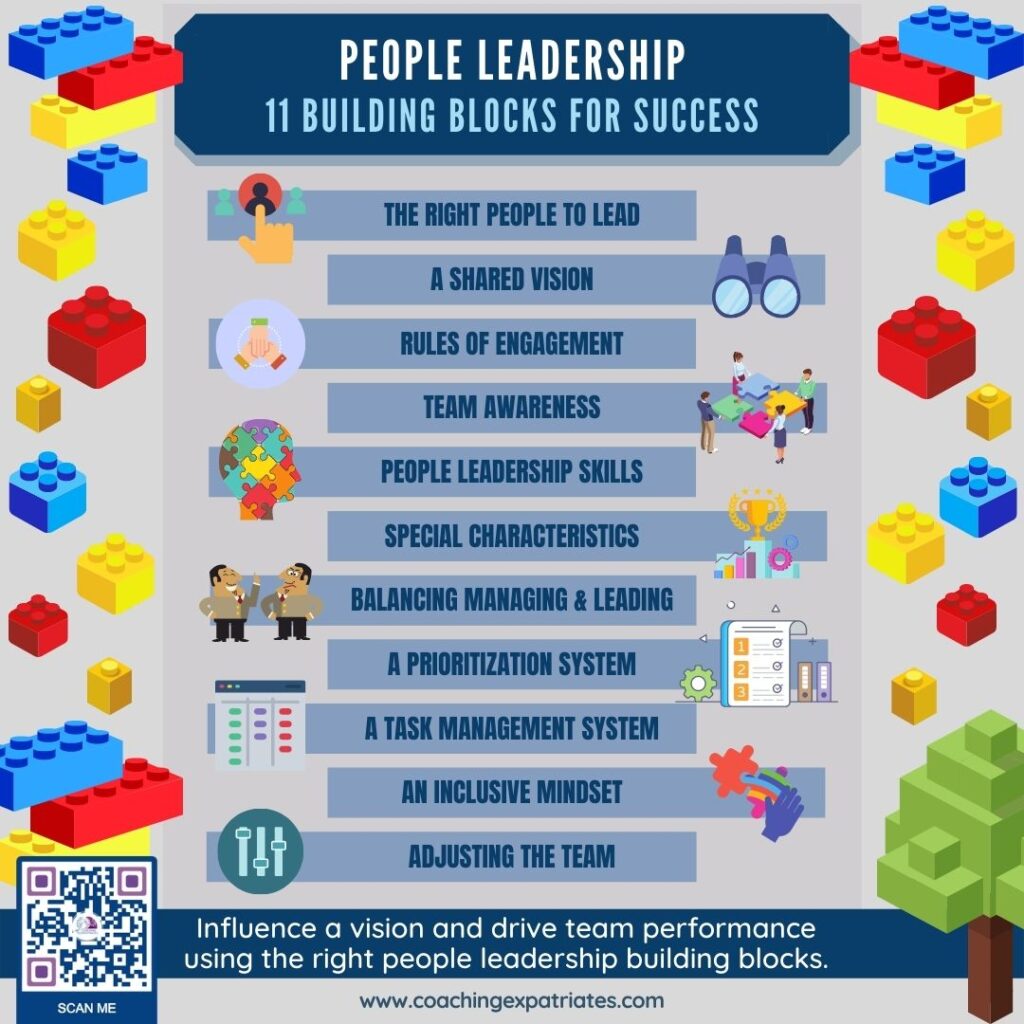
All these practices, when applied together, will build on each other and create a positive impact with faster results. As a leader, you will feel fulfilled, and your team will have a safer, happier, and more inclusive work environment.
There you go, global leader. You now have a deeper understanding of one of the 4 Success Pillars Of Global leadership: People Leadership. Now you know the main building blocks of people leadership and what you need to pursue to improve it.
If you are interested in improving your people leadership skills and want to learn step-by-step how to develop them, check out our Global Executive Leadership Program. We go over all 4 success pillars of global leadership during 9 online modules, including 2 of people leadership.
In case you have a specific people leadership skill in mind to develop or a situation in which you feel stuck, you can purchase one of our executive coaching packages. We can help you sort the issue or topic out during your program and find the best course of action to make things better for you and your team. Executive coaching can be a powerful tool in people leadership.
If you enjoyed this post, consider subscribing to our newsletter using the form below. We focus on providing good content to global leaders and executives who want to make impactful business decisions and be more inclusive and influential. We know your inbox is sacred, so we email just once per week, and we never sell your information. Trust is the basis of global leadership, and we fully honor it.

